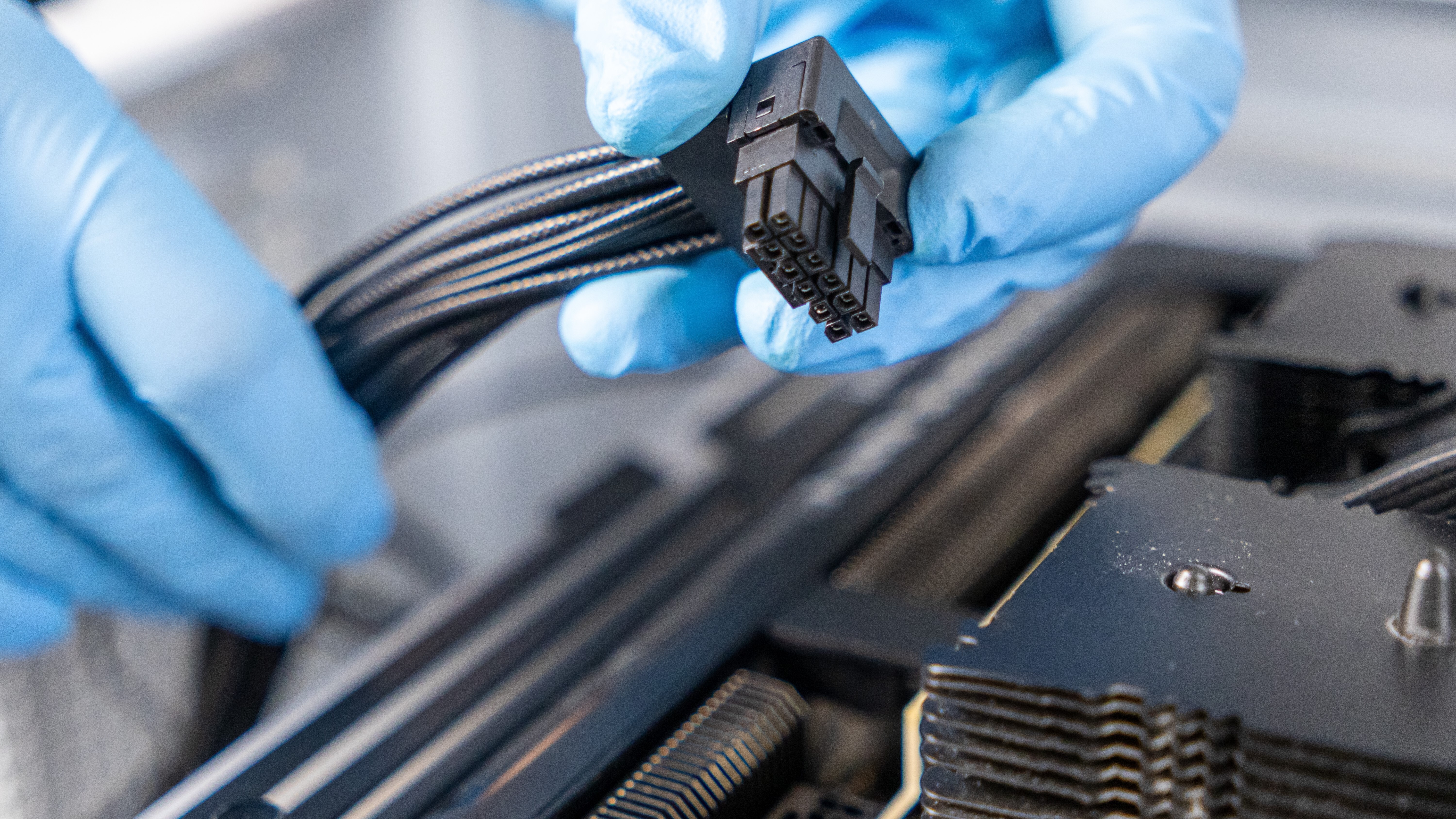
Nvidia is preparing to launch the GeForce RTX 5060 Ti to compete with AMD and the best graphics cards on the market. Meanwhile, VideoCardz has leaked various custom models from MSI, displaying the use of a 16-pin (12VHPWR) power connector.
The GeForce RTX 5060 Ti is a forthcoming midrange gaming GPU from Nvidia, expected to have a 180W TDP. A single 8-pin PCIe power connector, capable of providing up to 150W, is more than adequate for the GeForce RTX 5060 Ti since it can draw an additional 75W from the PCIe slot, resulting in a combined total of 225W. It's impossible to tell from the leaked renders if MSI utilizes the original 12VHPWR or the revised 12V-2x6 connector, but it should be the latter.
Utilizing a 16-pin power connector on a GeForce RTX 5060 Ti seems unnecessary, as the Blackwell-powered graphics card doesn't even use a third of the power connector's capacity. While some might suggest that MSI opted for the 16-pin connector for better cable organization, the visual distinction between a standard 8-pin PCIe power connector and a 16-pin one is minimal since both configurations ultimately require a single power cable.
At any rate, consumers shouldn't have to worry about the probability of the 16-pin power connector melting since a GeForce RTX 5060 Ti pulls nowhere near the same amount of power as a GeForce RTX 5090 or GeForce RTX 4090.
MSI GeForce RTX 5060 Ti Graphics Cards
Graphics Card | Power Connector | Cooling Solution | Display Outputs |
|---|---|---|---|
GeForce RTX 5060 Ti Gaming Trio | 16-pin | Triple Fans | 3 x DisplayPort 1.2b, 1 x HDMI 2.1b |
GeForce RTX 5060 Ti Gaming Trio White | 16-pin | Triple Fans | 3 x DisplayPort 1.2b, 1 x HDMI 2.1b |
GeForce RTX 5060 Ti Gaming | 16-pin | Dual Fans | 3 x DisplayPort 1.2b, 1 x HDMI 2.1b |
GeForce RTX 5060 Ti Inspire 2X | 8-pin | Dual Fans | 3 x DisplayPort 1.2b, 1 x HDMI 2.1b |
We can only speculate why MSI used a 16-pin power connector on a 180W graphics card. It's plausible that the company is recycling a previous PCB design for the GeForce RTX 5060 Ti, which would explain the presence of a 16-pin power connector. Alternatively, the custom model from MSI may feature an exceptionally high factory overclock that justifies the 16-pin power connector.
MSI seem to have four custom GeForce RTX 5060 Ti graphics cards ready for the market. The GeForce RTX 5060 Ti Gaming Trio, available in black or white, is the flagship model with a triple-fan cooling system, while the GeForce RTX 5060 Ti Gaming leverages a dual-fan cooler. The trio of SKUs employs the 16-pin power connector. The GeForce RTX 5060 Ti Inspire 2X appears to be the only SKU with the 8-pin PCIe power connector.
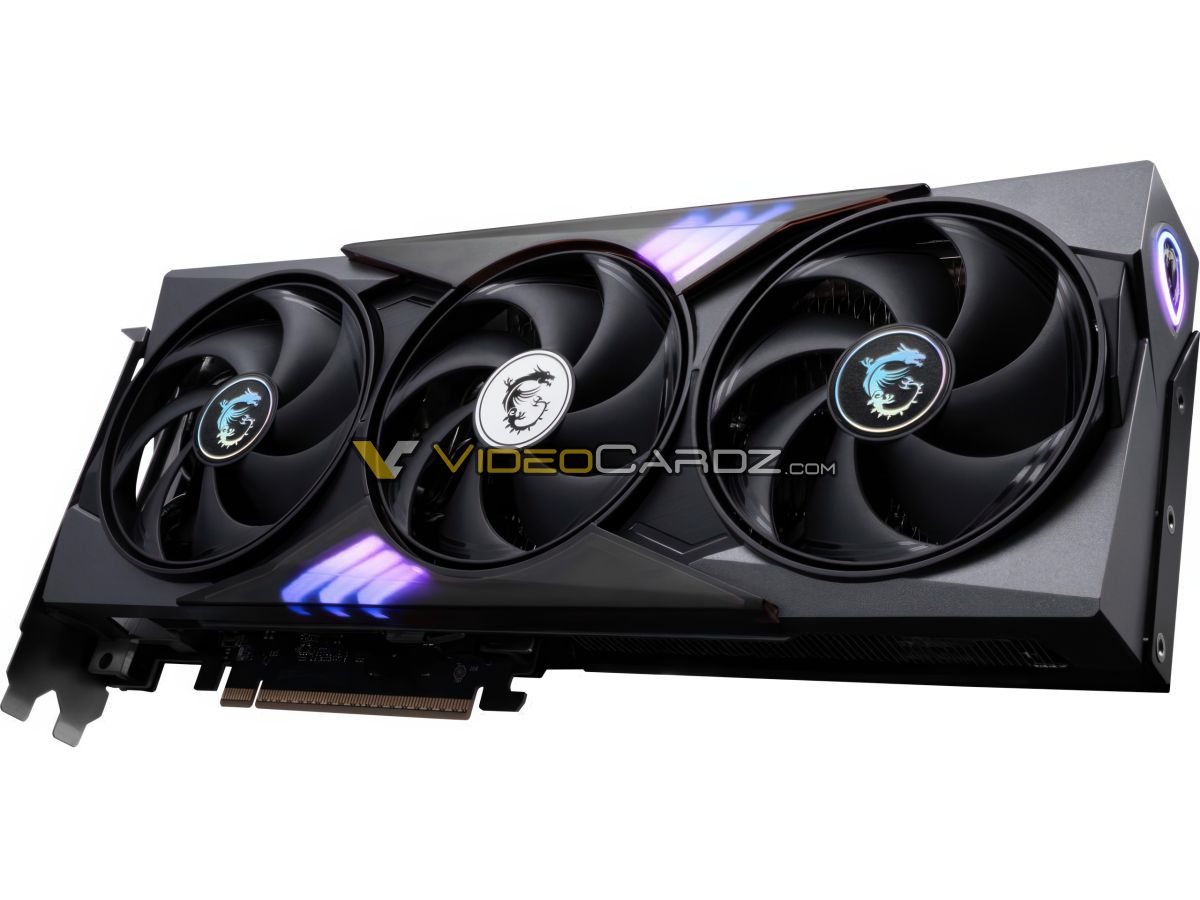
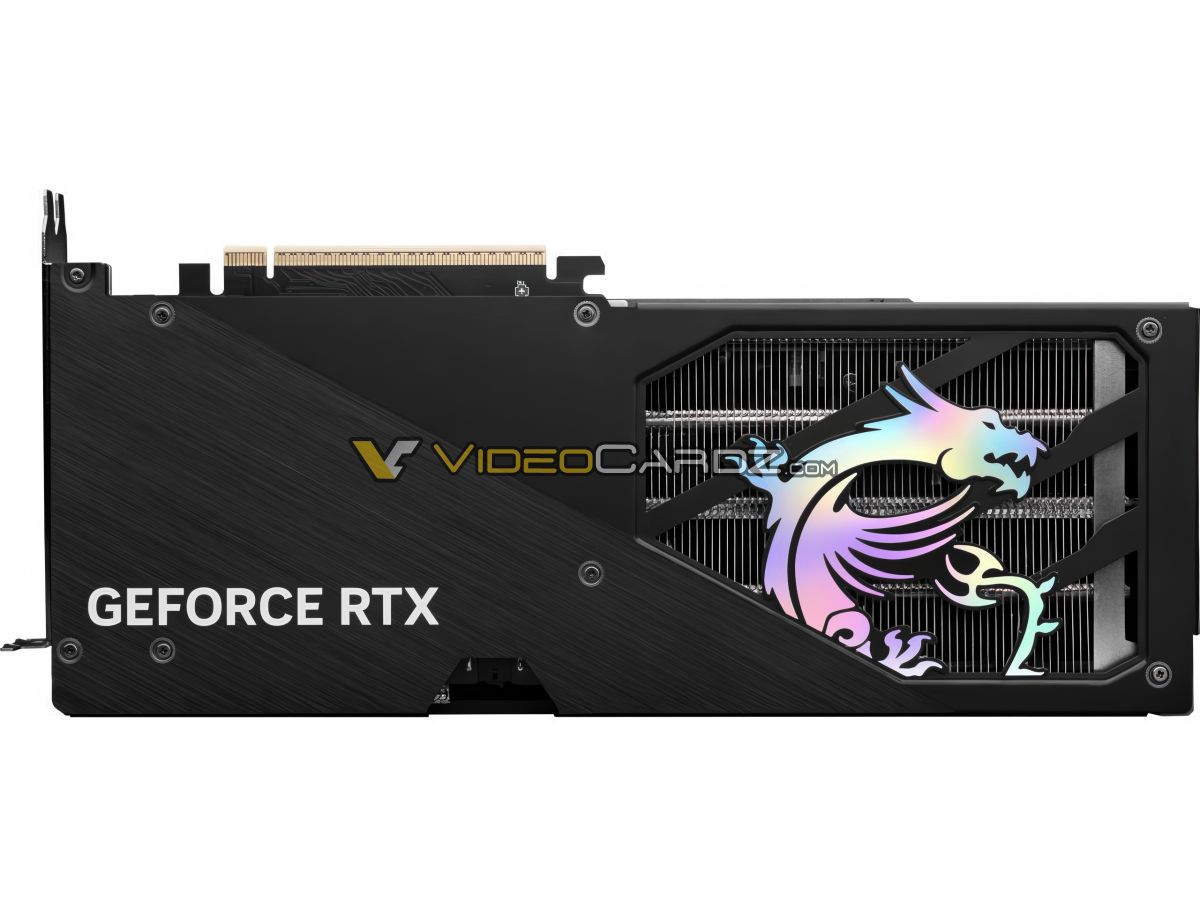
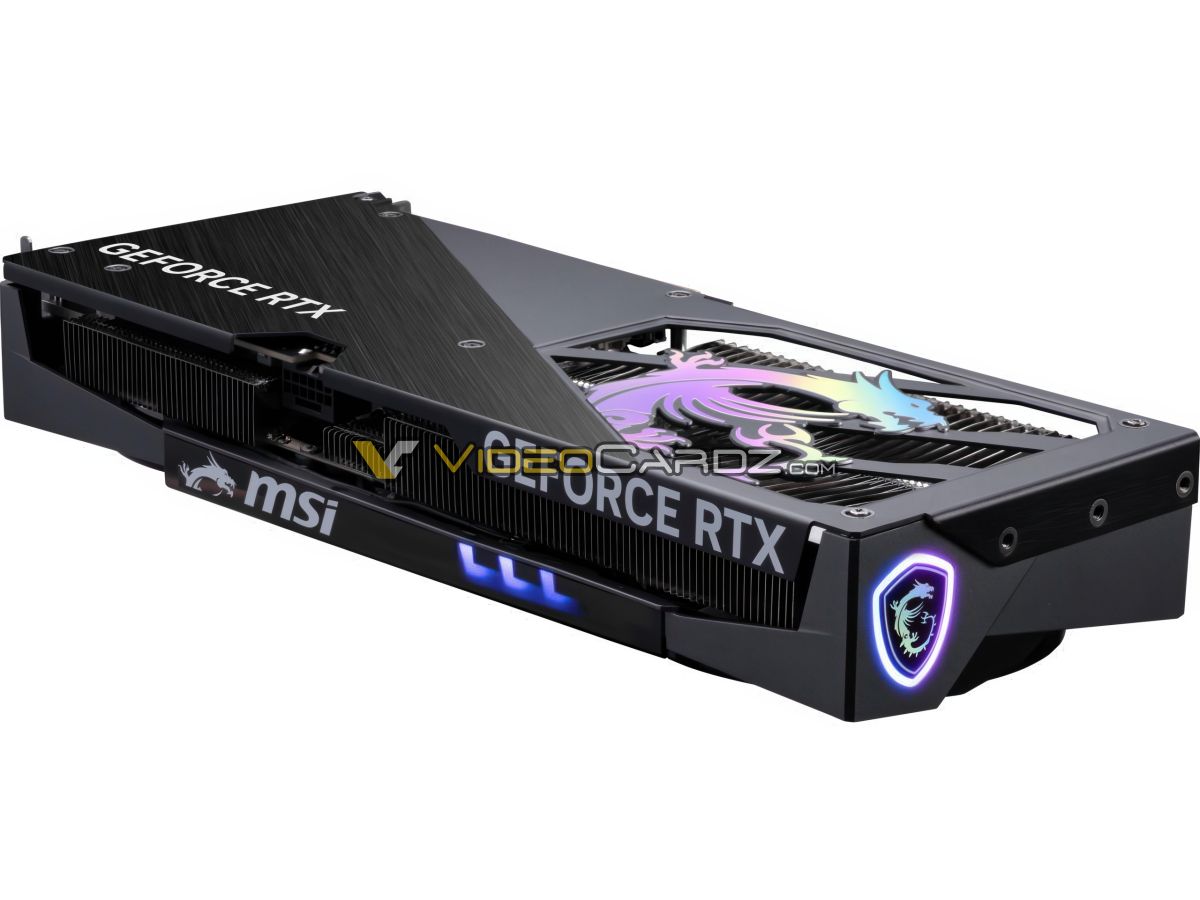
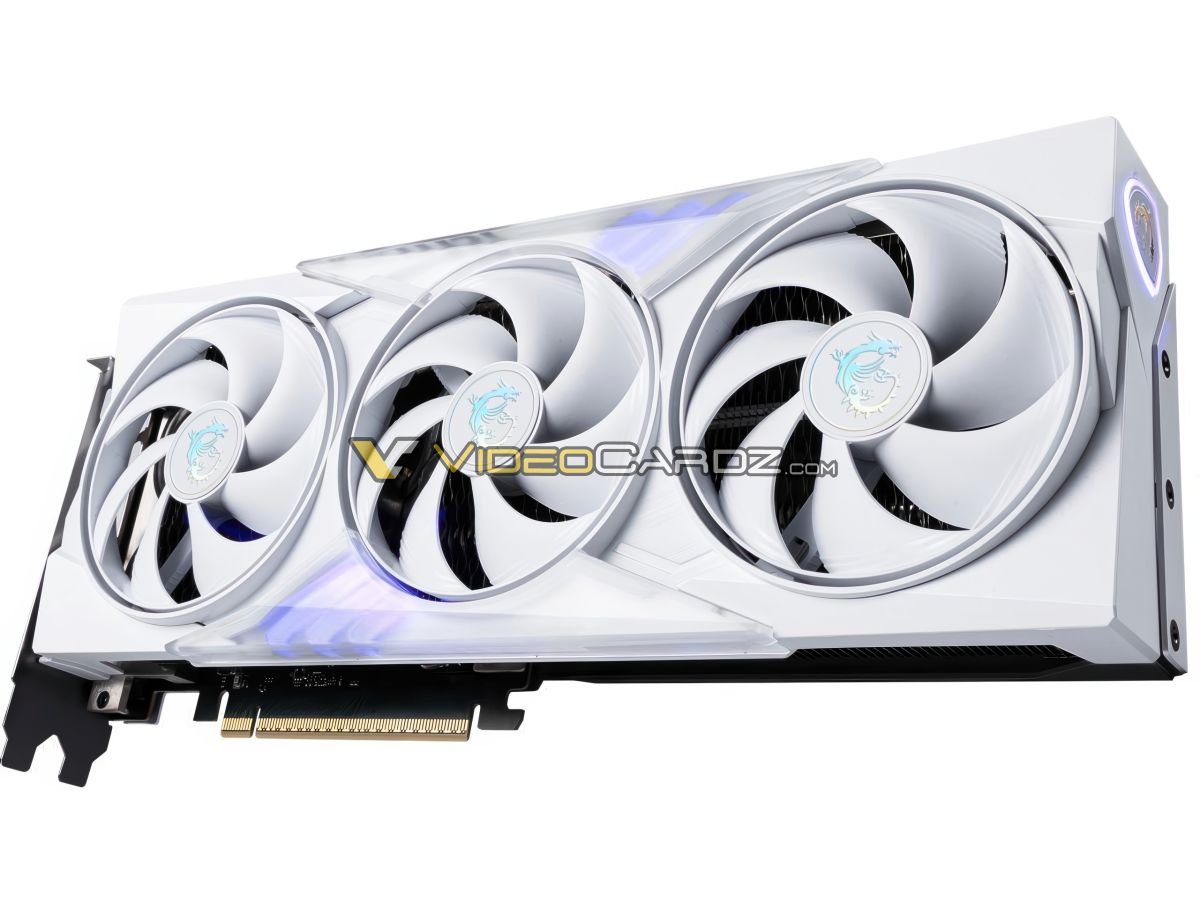
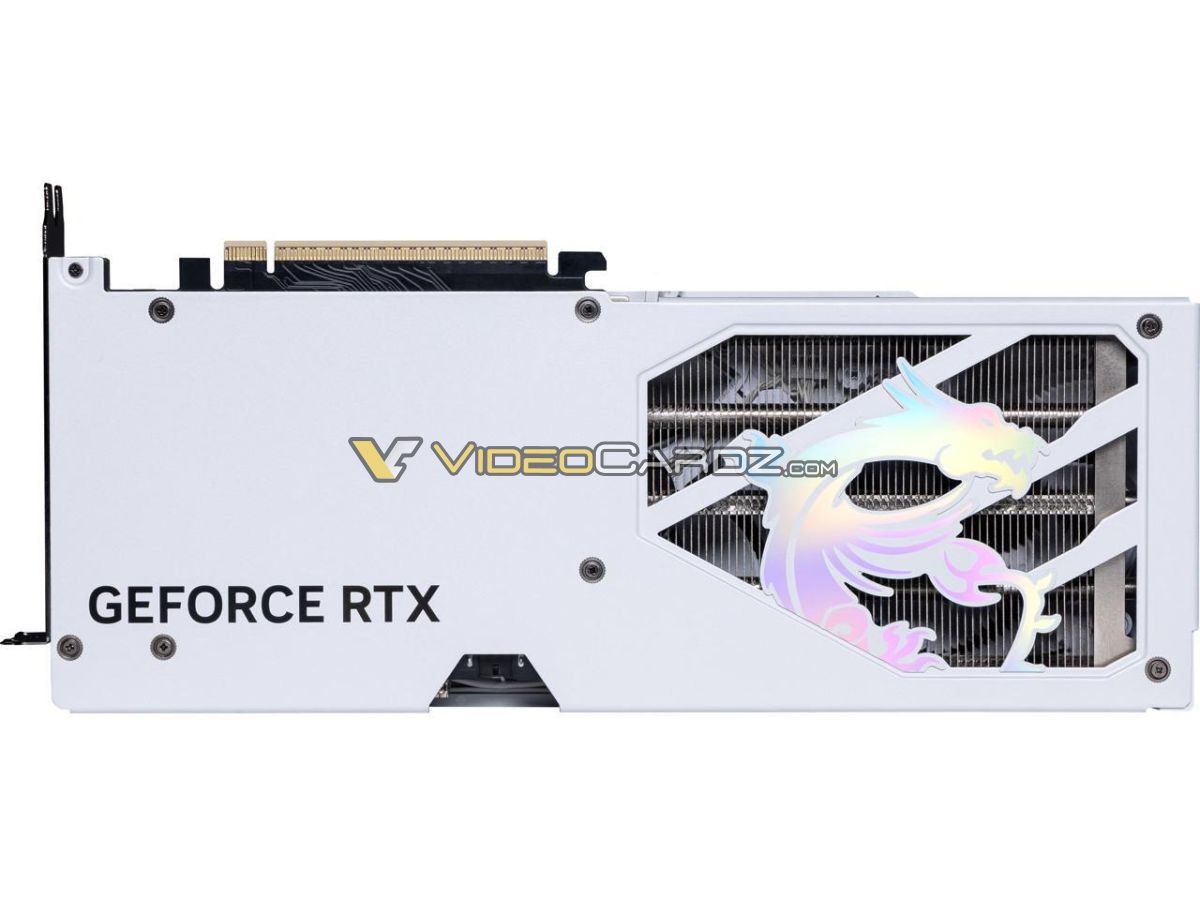
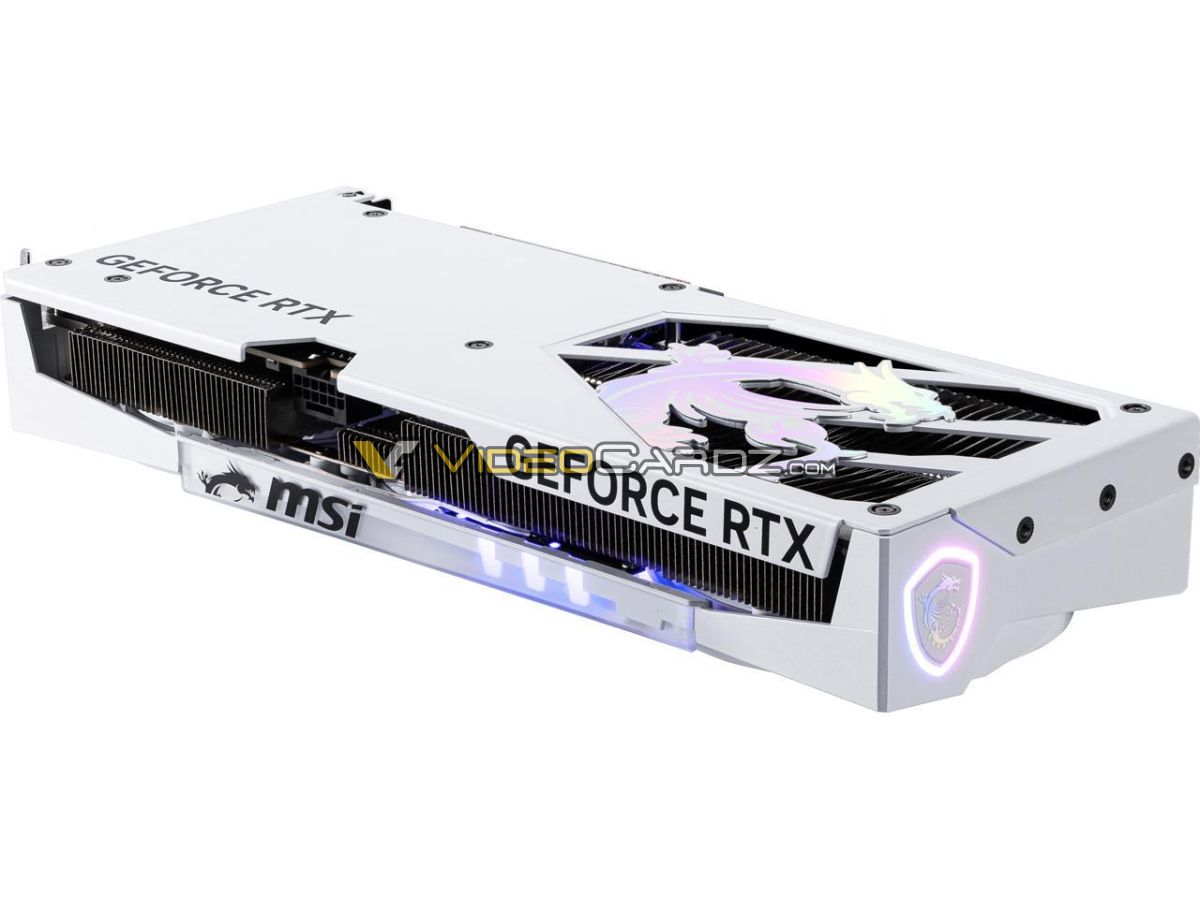
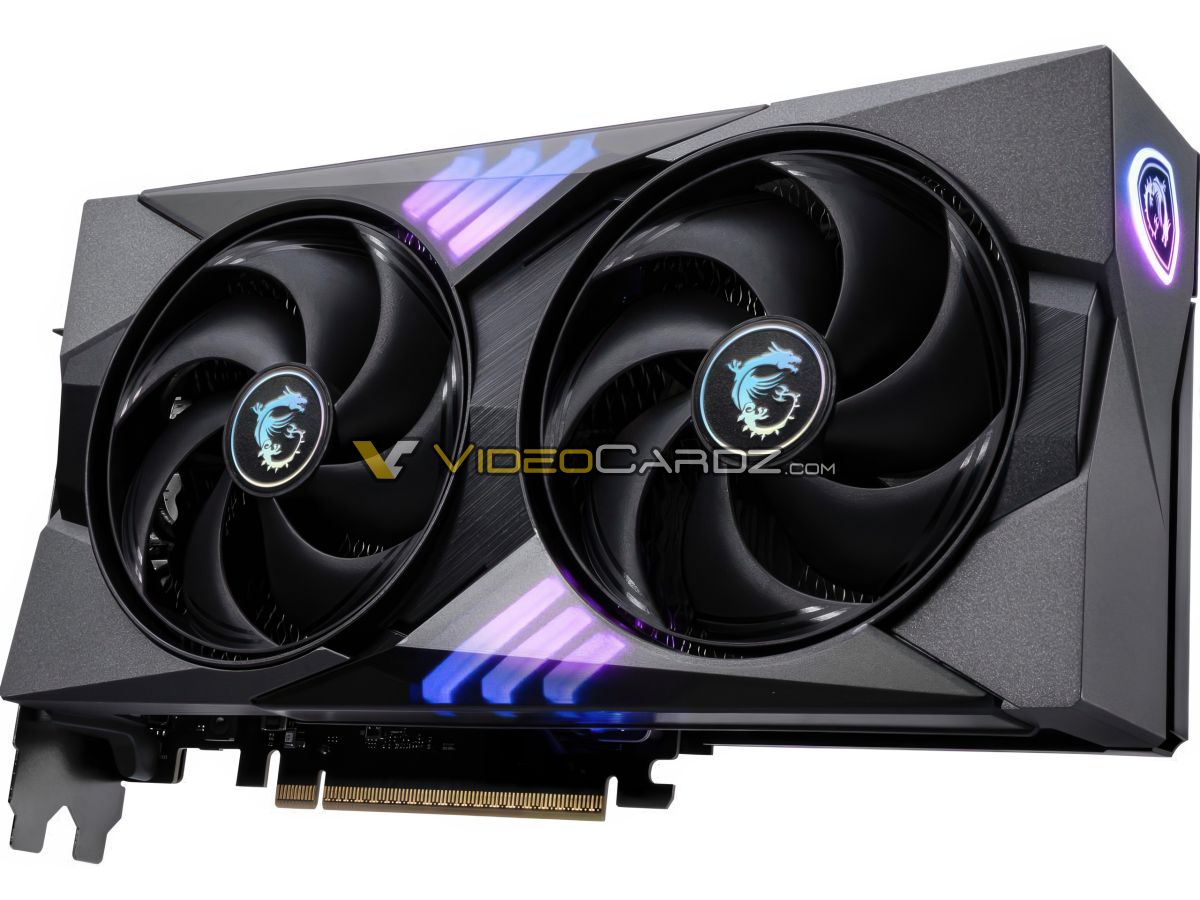
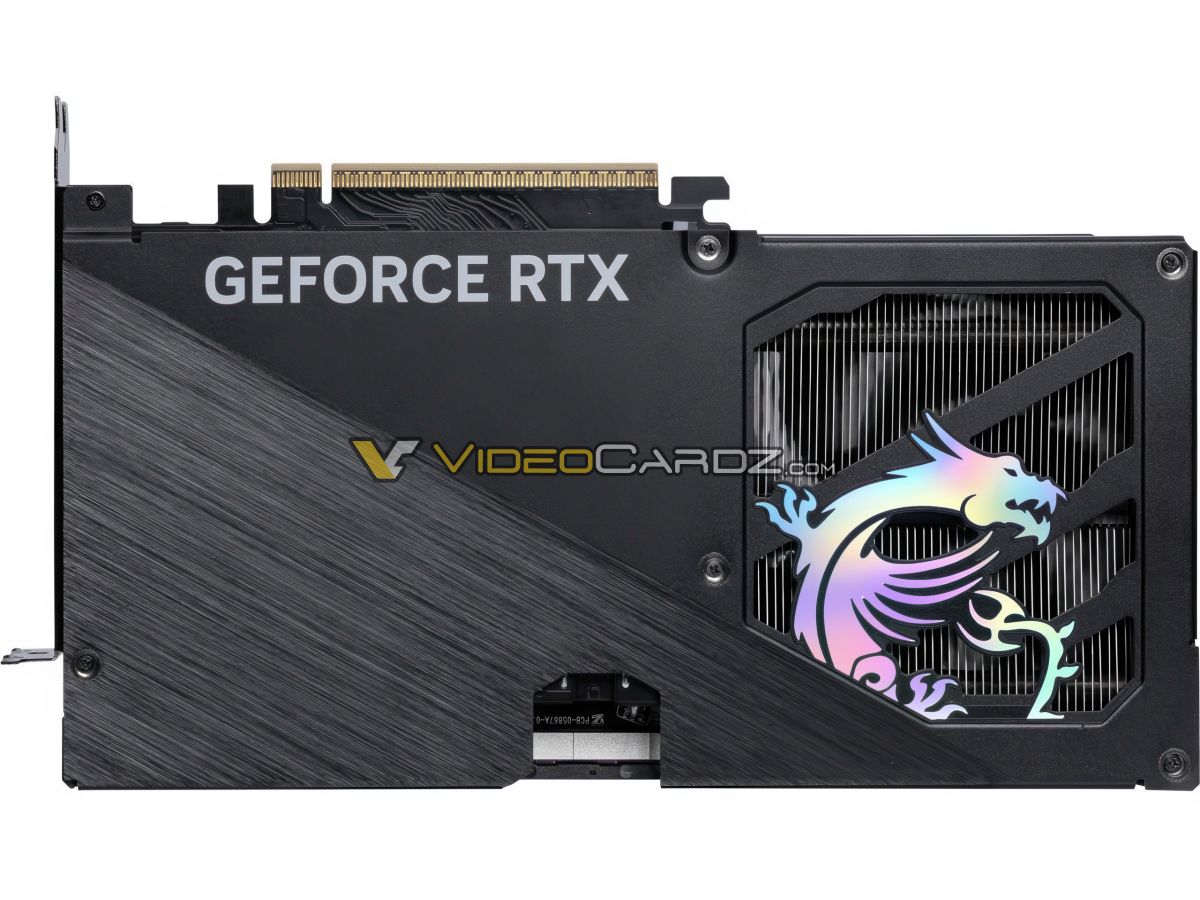
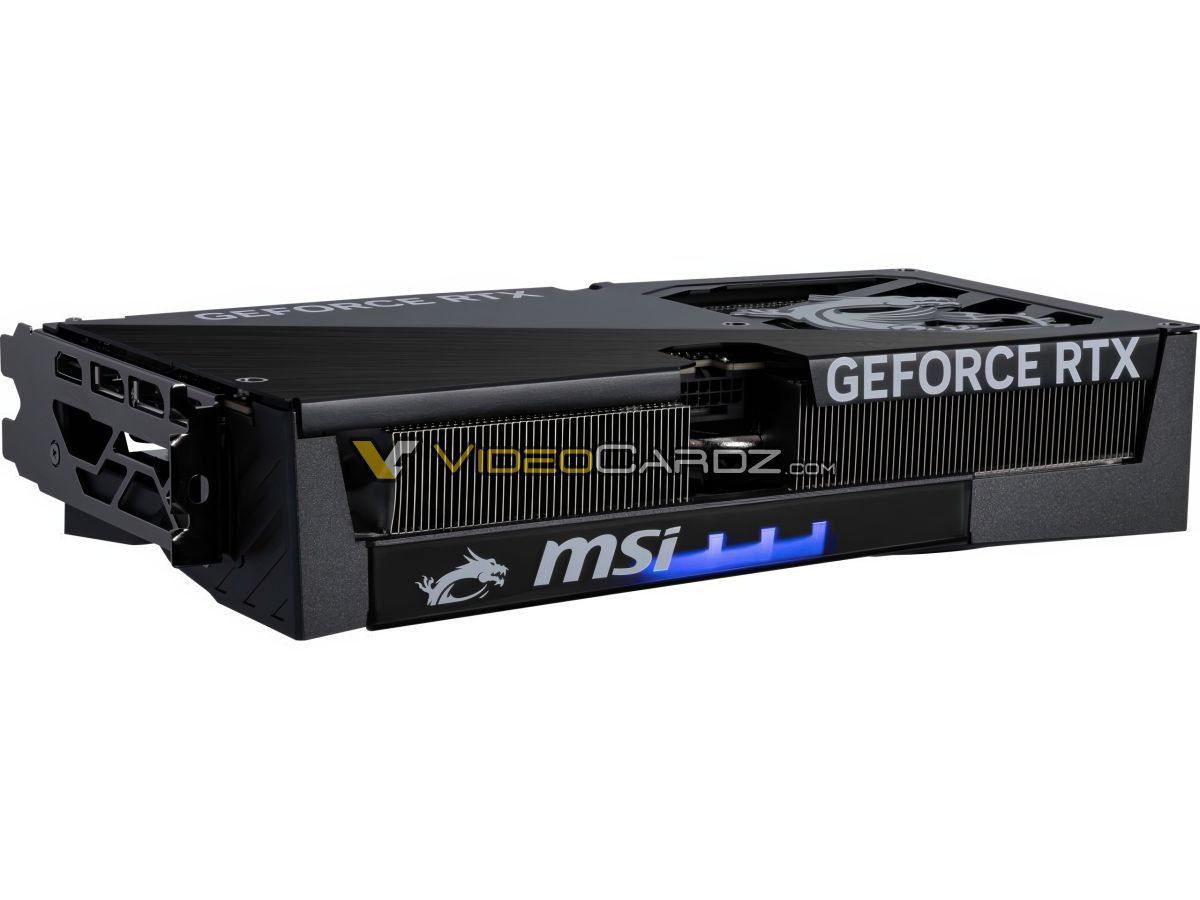
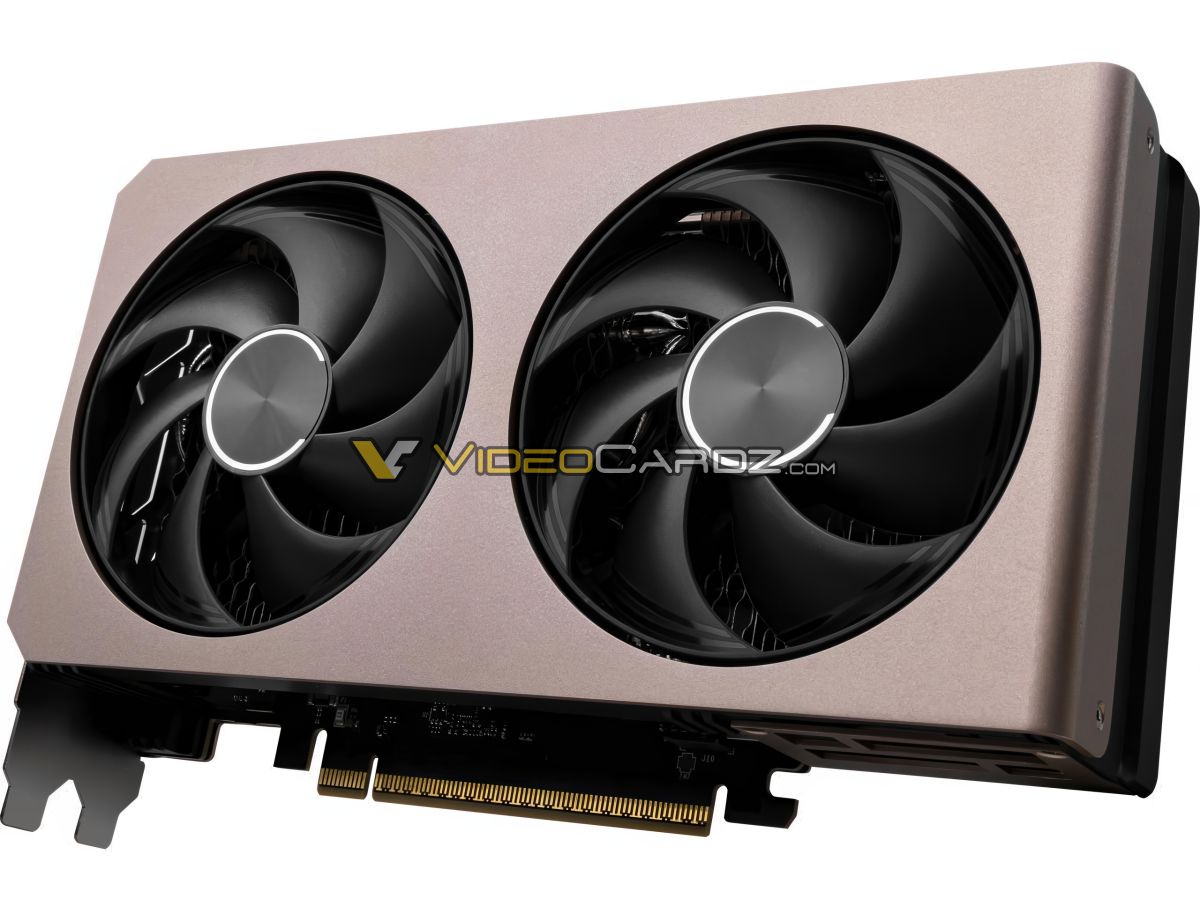
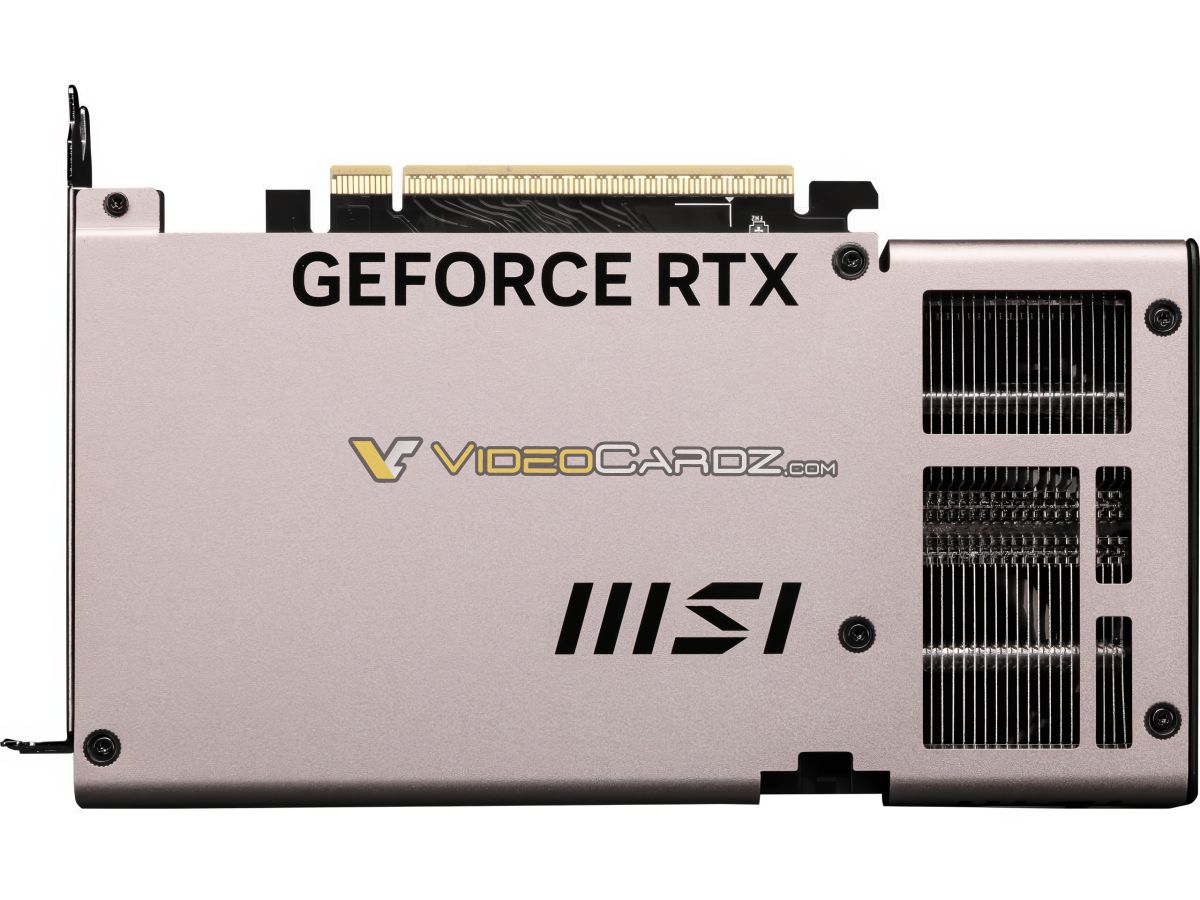
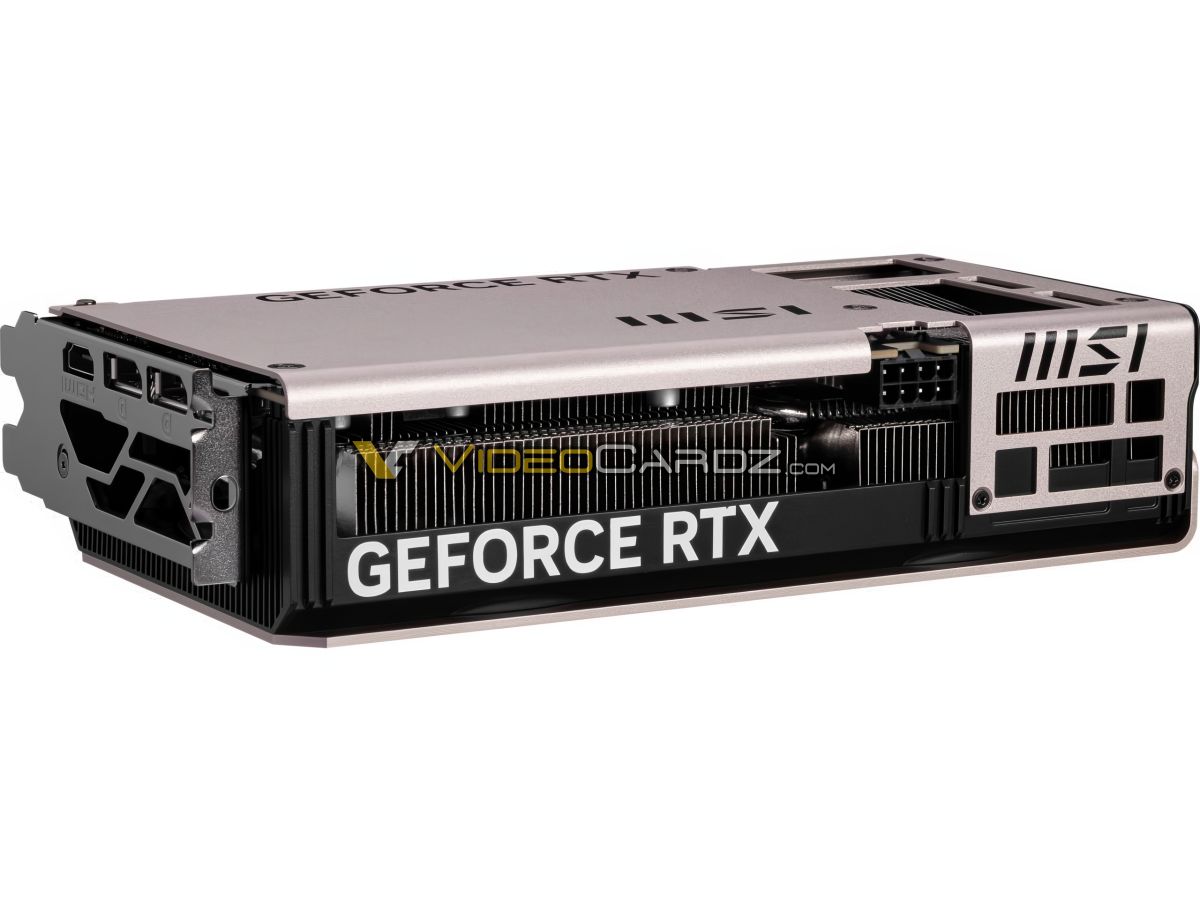
Nvidia's mainstream Blackwell graphics cards offer PCIe 5.0 support, though this interface is overkill for gaming purposes. The GeForce RTX 5060 Ti will also support PCIe 5.0, but with a twist. The MSI renders indicate that the GeForce RTX 5060 Ti, which reportedly utilizes the GB206 silicon, features a PCIe 5.0 x8 connection to communicate with the motherboard.
Stay On the Cutting Edge: Get the Tom's Hardware Newsletter
Get Tom's Hardware's best news and in-depth reviews, straight to your inbox.
It doesn't come as a shock that Nvidia's x060-class graphics cards, such as the GeForce RTX 4060 and GeForce RTX 4060 Ti, along with AMD's Radeon RX x600 models like the Radeon RX 6600 or Radeon RX 7600, came with an x8 electrical PCIe interface. Graphics cards in this tier are typically not fast enough to merit an x16 connection, and an x8 connection somewhat helps reduce manufacturing cost.
While the 16-pin power connector has proven problematic, it's here to stay. Currently AMD continues to cling to the 8-pin PCIe power connectors for its current RDNA 4 graphics cards, at least one manufacturer, Sapphire, has put a 16-pin power connector on a Radeon RX 9070 XT. Some high-end power supplies have already started to decrease the number of 8-pin PCIe power cables in favor of the 16-pin.

Zhiye Liu is a news editor and memory reviewer at Tom’s Hardware. Although he loves everything that’s hardware, he has a soft spot for CPUs, GPUs, and RAM.
-
Notton For MSI, their 2-slot cards should be the VENTUS series, which they had for the 4070Ti Super.Reply
But IDK how or why they manage to make these cards so huge when it uses less power than the above mentioned. -
King_V Why? Seriously, just, why? 180W card? Let's say it even hits 200W continuously.Reply
A single 8-pin at 150W, PCIe at 75W, combined that gives you a 12.5% margin remaining. Why keep pushing this 16-pin connector?
Is it for the reasons that someone suggested in another thread, that MSI is going Nvidia-only, and, therefore has incentive to help them make the 16-pin a de-facto standard? -
TheyStoppedit Why a 2x6 connector on a 180W card? Because at least that connector can pull 180W safely. Multi-flame generation requires at least 350W to work in most cases.Reply -
Notton Reply
Yeah, it's because Nvidia has total control over what can and cannot be used and the 16-pin is mandated and strictly enforced.King_V said:Why? Seriously, just, why? 180W card? Let's say it even hits 200W continuously.
A single 8-pin at 150W, PCIe at 75W, combined that gives you a 12.5% margin remaining. Why keep pushing this 16-pin connector?
Is it for the reasons that someone suggested in another thread, that MSI is going Nvidia-only, and, therefore has incentive to help them make the 16-pin a de-facto standard? -
FunSurfer The RTX 5060 Ti is best for older PCs, upgrading from GTX 1070 or RTX 2060, as it will bottleneck any modern CPU in gaming. And what older PCs have? PCIe 3.0 or 4.0 interface and PSUs with only 8-pin power connectors, so the x8 connection on slower interface and 16-pin power connector will fit right in...Reply -
thestryker PCB reuse is typically the reason for 16-pin connectors appearing on lower SKUs so that's not particularly a surprise.Reply
I'm sure this card will be fine on PCIe 4.0, but I'm really curious about PCIe 3.0 performance. Going from 4.0 to 3.0 was enough to make the 4060 Ti about the same as the 3060 Ti. -
Amdlova For me 16pin is a big no :)Reply
180W = no
Got one zotac 4060 with 13% over power limit will be my card for a long long time -
HardwiredWireless I think it's amazing that the 5060 TI is going to be able to compete with the 5090 which is the best graphics card on the market.Reply -
HardwiredWireless ReplyKing_V said:Why? Seriously, just, why? 180W card? Let's say it even hits 200W continuously.
A single 8-pin at 150W, PCIe at 75W, combined that gives you a 12.5% margin remaining. Why keep pushing this 16-pin connector?
Is it for the reasons that someone suggested in another thread, that MSI is going Nvidia-only, and, therefore has incentive to help them make the 16-pin a de-facto standard.
Using the 16-pin connector will also help when it comes time to replace the card in the future.King_V said:Why? Seriously, just, why? 180W card? Let's say it even hits 200W continuously.
A single 8-pin at 150W, PCIe at 75W, combined that gives you a 12.5% margin remaining. Why keep pushing this 16-pin connector?
Is it for the reasons that someone suggested in another thread, that MSI is going Nvidia-only, and, therefore has incentive to help them make the 16-pin a de-facto standard?